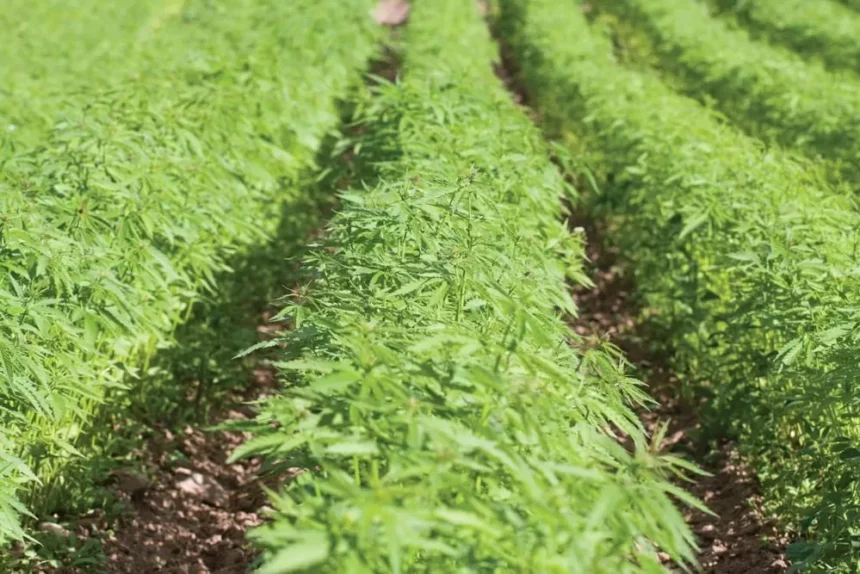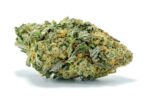According to Health Canada, industrial hemp includes cannabis plants or plant parts of any variety that contain the chemical compound known as tetrahydrocannabinol (THC). Typically, industrial hemp is found in the northern hemisphere and is specifically grown for industrial uses such as textiles, clothing, biodegradable plastics, paints, biofuel, animal feeds, medicines, etc.
We all know that tetrahydrocannabinol (THC) is the compound in cannabis that gets you high. That’s not the case with hemp, however, as it contains a tiny percentage (0.3% or less) of THC that isn’t enough to get you high. Although hemp was banned from commercial cultivation by the federal government in the 1950s during the period of the anti-marijuana hysteria, there are a handful of states where hemp cultivation has been legalized. Making things with hemp was, however, never outlawed. Therefore, investors import hemp from countries like Canada and Europe.
Why Grow Industrial Hemp?
Hemp is among the oldest crops to be cultivated on earth, and it grows pretty fast compared to other crops. Also, the plant is among the most sustainable crops as it requires less water, pesticides, herbicides, and fertilizers.
Compared to other industrial crops, hemp has above 25,000 uses, and it doesn’t just have great commercial potential, but it also has other economic advantages and is very eco-friendly. Paper production is one of the enormous potentials of hemp. A single acre of hemp can produce about four times the amount of paper produced by an acre of trees. Hemp can be used to produce all types of papers, be it cardboard, envelopes, toilet papers, tampons, or even computer papers.
As mentioned before, hemp can as well be substituted for cotton to make textiles. Hemp fiber is ten times stronger than cotton and can be used to make all types of clothing. Another reason why hemp should be substituted for cotton when it comes to textile production is the fact that unlike cotton, hemp required very little, or no pesticides or herbicides at all.
The vast quantities of biomass hemp produce are also a potential raw material for livestock feed and biofuel production. Fuel produced from hemp’s biomass is usually clean and sulfur-free, unlike man-made coal, and is therefore very friendly to the environment. It’s estimated that if hemp was widely grown in the U.S. for fuel or energy, it could supply 100% of all U.S. energy needs!
Hemp seeds are considered to be extremely rich in nutrients and come with a range of health benefits. The seeds are protein-rich and contain unsaturated fats, fiber, minerals, and vitamins. Some of the health benefits of hemp seeds include protecting the brain, boosting heart health, relieving rheumatoid arthritis, and improving skin conditions.
Hemp oil is another significant production potential the plant has. The oil has quite a number of benefits. It acts as lubricating oil and can also be used as a hair oil to help strengthen damaged and breaking hair. Most industrial hemp farmers are tapping into the production of CBD oil, a medicinal compound in cannabis plants that contain zero THC.
But then, there are a few obstacles you may come across as a hemp farmer:
- You should make sure hemp farming is legal in your country or wherever you plan to plant it.
- You’ll need a lot of lands.
- The suitable seed (certified for low THC content) can be hard to find.
You can learn more about investing in hemp farms at Industrial Hemp Farms.














